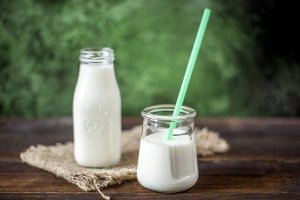Can I use cream as a substitute for milk?
You are just getting your ingredients gathered together and you realize you have run out of milk. What do you do? What can you use as an alternative? Can you use cream instead? Well you will pleased to learn the answer is yes, you can substitute cream for milk in certain contexts. However, it’s important to keep in mind that cream has a higher fat content and thicker consistency compared to milk. This can affect the flavor and texture of the dish you’re preparing. You could also try using powdered milk, evaporated milk, half and half. Or if you need a non-dairy alternative try using soy, oat milk, almond milk or even coconut-milk.
It’s essential to note that when you substitute cream for milk you will alter the nutritional content and flavor profile of the recipe.
Cream versus milk?
Milk and cream are both dairy products, but they have distinct differences in terms of fat content, consistency, and culinary uses. So while you can substitute cream for milk there are some differences you should note:
- Milk typically contains around 3-4% fat, although the fat content can vary depending on the type of milk (whole, reduced-fat, skim, etc.). On the other hand, cream has a much higher fat content. Heavy cream, also known as whipping cream, usually contains about 36-40% fat, while light cream has around 18-30% fat.
- Milk is a relatively thin and liquid beverage, while cream has a thicker and creamier consistency.
- Milk is a versatile ingredient used in a wide range of culinary applications. It is commonly used in baking, cooking, hot beverages, breakfast cereals, and as a base for creamy soups, sauces, and desserts. Cream, due to its higher fat content, is often used to add richness, creaminess, and flavor to recipes. It is commonly used in whipped cream, ice cream, creamy sauces, and decadent desserts.
- Due to its high fat content cream has the ability to be whipped into a fluffy texture, making it suitable for whipped cream or as a topping for desserts. Milk, on the other hand, does not have enough fat content to be whipped.
- Due to the difference in fat content, cream is higher in calories and saturated fat compared to milk. Milk is a good source of calcium, protein, and various vitamins and minerals. It is also typically fortified with vitamin D. Cream, while it provides some of the same nutrients as milk, is much higher in calories and should be consumed in moderation.
Okay, before we look at some other milk substitute options, let’s deal with that empty cupboard situation!
Where can I buy powdered milk?
If you want to be more prepared and ensure you don’t run out of powdered milk then you should stock up now.
Nowadays most general supermarkets stock a wide variety of powdered milk. Or if you prefer you can also purchase powdered milk on-line. Here is a link for a large 2 lb resealable container.
So why not jump on and place your order today.
STOCK UP NOW!
Powdered Milk by Hoosier Hill Farm
100% hormone free whole milk powder. Mixes best by using a whisk in warm liquids.
Do not store powder in the refrigerator or freezer. Stored best in a dry, dark cupboard.
What can I use as a substitute for milk?
Here are some of the best ingredients to use as a substitute for milk in your recipes.
- Cream
- Powdered milk
- Evaporated milk
- Half and half
- Soy milk
- Oat, almond or coconut-milk
Milk substitutes
Cream
You can substitute single cream for milk and it can act as a very good alternative. However, it does have a higher fat content and thicker consistency compared to milk. This can affect the overall texture and flavor of the dish or beverage you’re preparing.
Here are a few things to consider when using cream as a substitute for milk:
- Cream is thicker than milk, so you may need to dilute it with water to achieve a consistency closer to that of milk. For example, if a recipe calls for 1 cup of milk, you can use 3/4 cup of cream and 1/4 cup of water to approximate the texture of milk.
- Cream has a higher fat content than milk, which can affect the richness and flavor of the final product. Keep in mind that the higher fat content may not be suitable for all recipes. In some cases, it can enhance the dish, while in others, it may alter the desired outcome.
- When using cream in cooking or baking, it’s important to consider how it will behave under heat. Cream has a tendency to curdle or separate when exposed to high temperatures. To minimize this, it’s best to gradually incorporate cream into hot liquids. Alternatively mix it with other ingredients before adding heat.
- Cream has a distinct creamy and slightly sweet flavor that may alter the taste of the dish or beverage. It can work well in recipes that benefit from a richer, creamier taste. However, if you’re looking for a more neutral flavor, such as in cereal or coffee, using cream as a substitute may significantly change the taste.
Overall, while cream can be used as a substitute for milk in certain situations, it’s important to consider the specific recipe and the desired outcome before making the substitution.
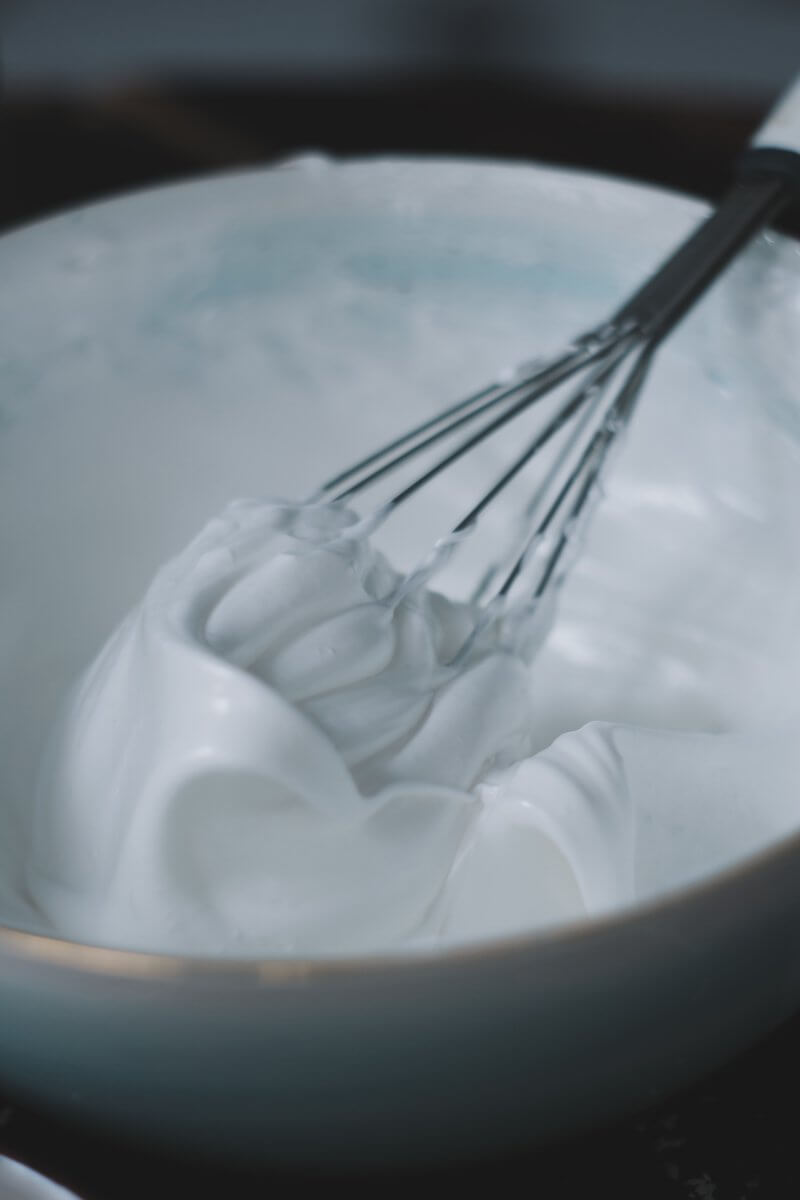
Powdered milk
Yes, powdered milk can be used as a substitute for regular milk in many recipes. Powdered milk is made by evaporating the moisture from milk, resulting in a dry powder that can be reconstituted with water. Here are some considerations when using powdered milk as a substitute:
- Follow the instructions on the powdered milk packaging to reconstitute it properly. Typically, you mix a certain amount of powdered milk with water to achieve the desired consistency. The ratio will depend on the brand and type of powdered milk you are using.
- Powdered milk can sometimes result in a slightly grainy texture compared to fresh milk. This texture difference may be noticeable in certain recipes, especially those that rely on the smoothness of milk, such as beverages or creamy sauces. However, in many baked goods and cooked dishes, the texture difference is less noticeable.
- Powdered milk has a distinct flavor that may be slightly different from fresh milk. While the difference may not be significant in most recipes, it can be more noticeable in recipes where milk plays a prominent role, such as in cereal or coffee. You may want to consider this when using powdered milk as a substitute.
- One advantage of powdered milk is its long shelf life. It can be stored for an extended period without refrigeration, making it a convenient option to have on hand when fresh milk is not available.
Overall, powdered milk can be a suitable substitute for regular milk in many recipes. It is especially useful in situations where fresh milk is not readily accessible or when you need a longer-lasting option. Adjusting the reconstitution ratio and being mindful of any texture or flavor differences can help you achieve the best results.
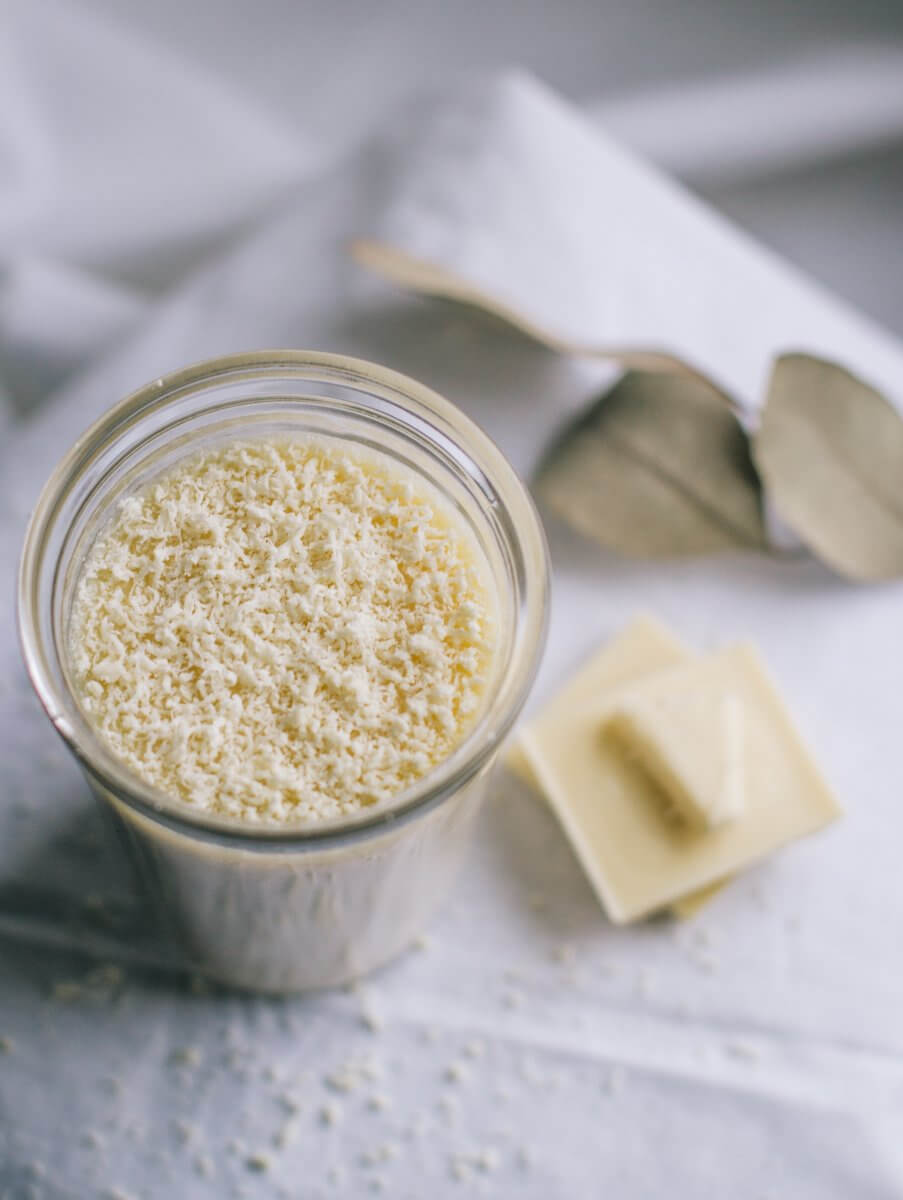
Evaporated milk
Evaporated milk can also be used as a substitute for regular milk in various recipes. It is made by removing about 60% of the water content from fresh milk, resulting in a thick and creamy liquid. Here are some considerations when using evaporated milk as a substitute:
- Since evaporated milk is more concentrated than regular milk, it needs to be diluted before using it as a substitute. Typically, you can dilute it with an equal amount of water to achieve a similar consistency to regular milk. For example, if a recipe calls for 1 cup of milk, you can use 1/2 cup of evaporated milk and 1/2 cup of water.
- Evaporated milk has a richer and creamier texture compared to regular milk due to the water removal process. This can enhance the richness of dishes and add a velvety texture. However, it’s important to note that the flavor and texture of the final dish will be slightly different compared to using regular milk.
- Evaporated milk has a slightly caramelized and sweet flavor due to the heating process used during its production. This sweetness can work well in certain recipes, such as desserts and baked goods. However, it may not be ideal for savory dishes where a neutral milk flavor is desired.
- Evaporated milk is less likely to curdle or separate when exposed to high temperatures, making it suitable for cooking and baking. It can be used in a wide range of recipes, including soups, sauces, custards, and desserts.
- Similar to powdered milk, evaporated milk has a longer shelf life and can be stored without refrigeration until opened. Once opened, it should be refrigerated and used within a few days.
When using evaporated milk as a substitute, consider the recipe’s specific requirements and desired outcome. Adjusting the dilution ratio, taking into account the creaminess and sweetness of evaporated milk, can help you achieve the desired results in your dishes.
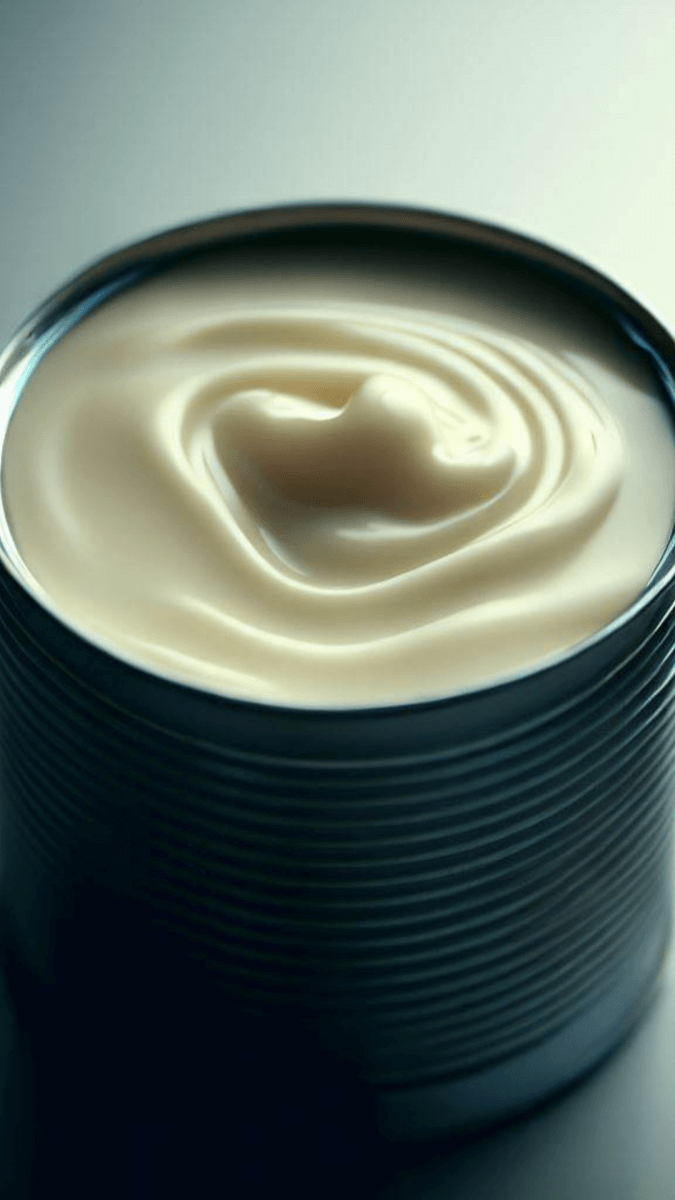
Half and half
Half and half can be used as a substitute for regular milk in some recipes, although it’s important to consider its higher fat content and richer flavor. It is a dairy product made by combining equal parts whole milk and light cream, resulting in a product with approximately 10-12% fat content. Here are some considerations when using half and half as a substitute:
- Half and half has a higher fat content than regular milk, which can contribute to a creamier texture and richer taste in recipes. This can be desirable in dishes that benefit from a more indulgent flavor profile, such as creamy soups, sauces, or desserts. However, it may not be suitable for recipes that require a lighter or lower-fat result.
- Since half and half is thicker than regular milk, you may need to dilute it with water to achieve a consistency similar to milk. For example, if a recipe calls for 1 cup of milk, you can use 1/2 cup of half and half and 1/2 cup of water to approximate the texture of milk.
- Half and half has a slightly richer and creamier flavor compared to regular milk due to its higher fat content. This can enhance the taste of certain recipes, but it may also alter the intended flavor profile. Consider whether the added richness complements or detracts from the dish you’re preparing.
- Half and half can generally be used in cooking and baking applications where regular milk is called for. It is less likely to curdle or separate when exposed to heat due to its higher fat content. However, keep in mind that the higher fat content may affect the texture and overall outcome of the recipe.
- Half and half is commonly used as a creamer in coffee or tea due to its creamy consistency and richer flavor. It can add a touch of indulgence to your hot beverages.
When substituting half and half for regular milk, consider the specific recipe and the desired results. Adjusting the dilution ratio and being mindful of the flavor and fat content can help you achieve the desired outcome in your dishes.
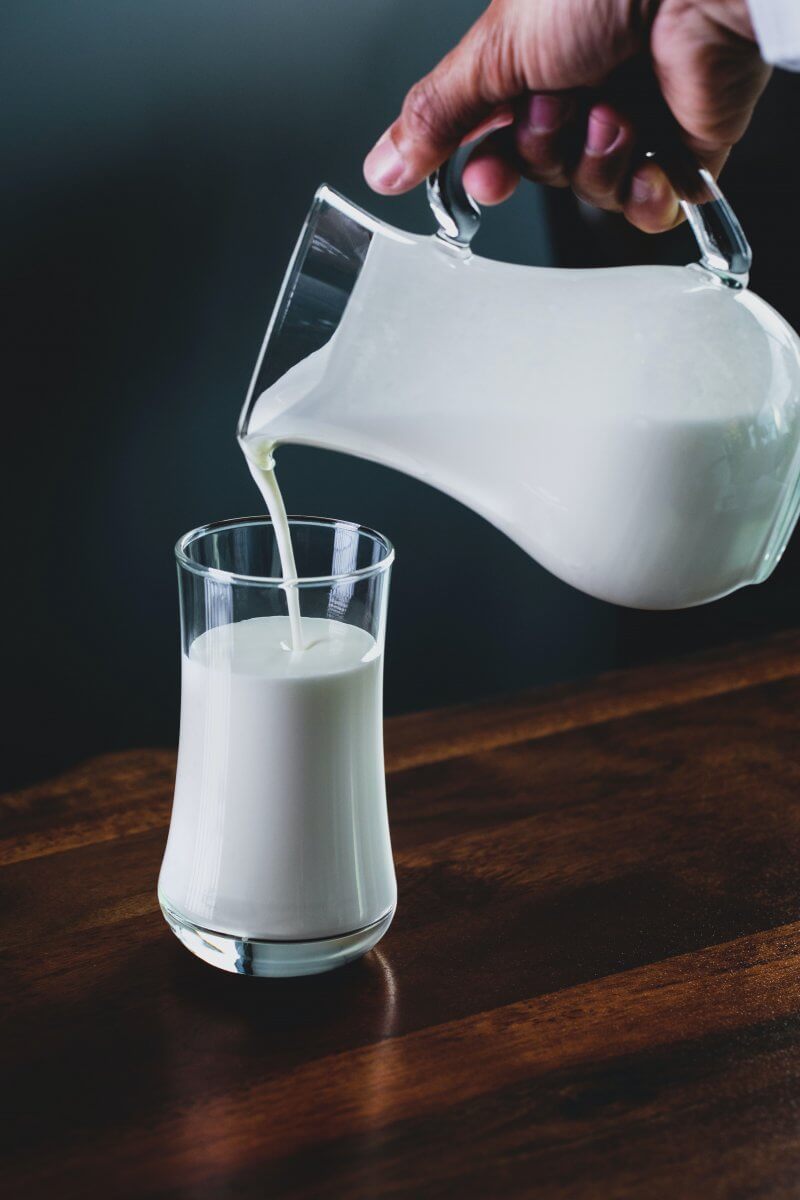
Soy milk – a dairy free alternative to milk
Soy milk is a popular plant-based alternative to regular milk that can be used as a substitute in many recipes. It is made from soybeans and water, and it offers a creamy texture and a mild, slightly nutty flavor. Here are some considerations when using soy milk as a substitute:
- Soy milk has a texture similar to regular milk, making it suitable for most recipes that call for milk. It can be used in baking, cooking, and even for making beverages like smoothies or coffee drinks. However, it’s worth noting that soy milk may have a slightly different mouthfeel compared to dairy milk due to its plant-based nature.
- Soy milk has its own unique flavor, which is mildly nutty and slightly sweet. While the flavor is generally well-tolerated, some people may find it takes a bit of adjustment when substituting for regular milk. In recipes where milk plays a prominent role, such as in cereal or coffee, the flavor difference may be more noticeable. However, in recipes with other strong flavors, the impact may be minimal.
- Due to the lower protein content of soy milk compared to dairy milk, it is more prone to curdling when exposed to heat or acidic ingredients. If a recipe requires high heat or contains acidic components, consider adding a stabilizer like cornstarch or flour to prevent curdling.
- Soy milk is a good source of plant-based protein, calcium, and other nutrients. It is naturally lactose-free and cholesterol-free, which makes it suitable for people with lactose intolerance or dietary restrictions. However, it’s important to note that soy milk may not have the same naturally occurring vitamins and minerals found in dairy milk unless it is fortified.
- Soy milk comes in various forms, such as sweetened, unsweetened, flavored (e.g., vanilla or chocolate), and different fat levels (e.g., regular, low-fat, or fat-free). Consider the specific type of soy milk that best suits your recipe and taste preferences.
When substituting soy milk for regular milk, you can typically do a 1:1 replacement. However, it’s a good idea to keep in mind the flavor and potential curdling issues mentioned above. Adjustments may be needed based on personal preferences and the specific requirements of the recipe.
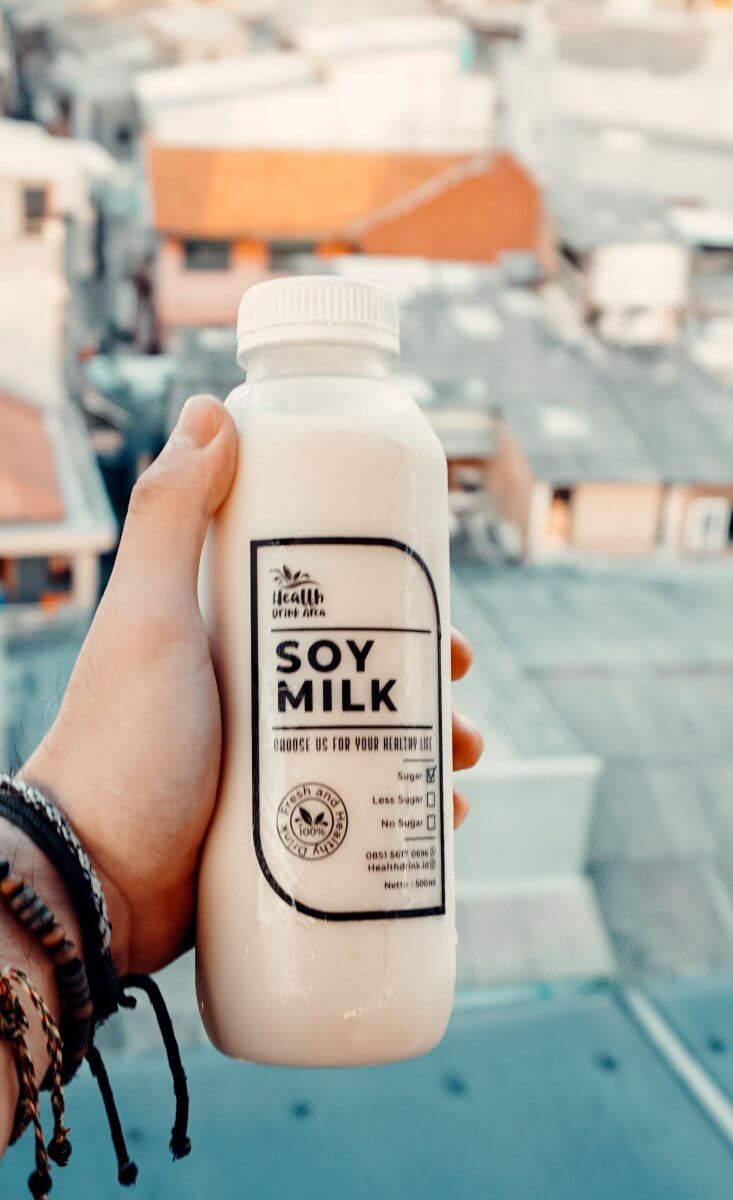
Almond, oat or coconut milk – a dairy-free alternative to milk
Almond milk, oat milk, and coconut milk are popular plant-based alternatives to regular milk that can be used as substitutes in various recipes. Here are some considerations for each type:
- Almond milk is made from ground almonds and water. It has a slightly nutty flavor and a light texture. Almond milk works well as a substitute for regular milk in most recipes, including baking, cooking, and beverages. It is available in different varieties, such as sweetened, unsweetened, and flavored (e.g., vanilla or chocolate).
- Oat milk is made from oats and water. It has a creamy texture and a mild, slightly sweet flavor. Oat milk is versatile and can be used as a substitute for regular milk in many recipes, including baking, cooking, and beverages. However, its slightly thicker consistency may be more noticeable in some recipes.
- Coconut milk is made from the flesh of coconuts and water. It has a rich, creamy texture and a distinct coconut flavor. Coconut milk adds a tropical taste to recipes and works well in curries, soups, and desserts. However, its strong flavor and thicker consistency may not be suitable for all recipes.
It’s worth noting that these plant-based milks may not have the same nutritional profiles or protein content as dairy milk. Therefore, you may need to consider alternative sources of protein in your recipes if that is a concern. Always check the labels if you are looking for specific nutrients.
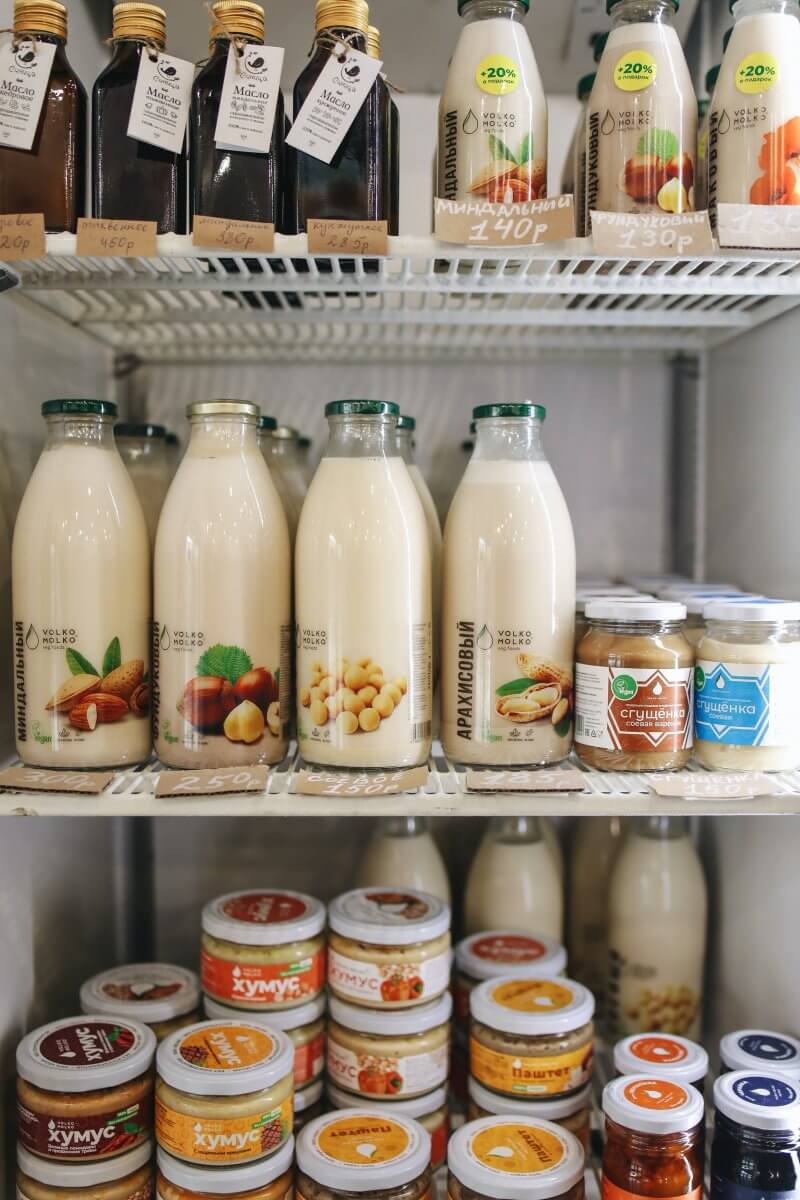
Summary for how to substitute cream for milk
Okay – that’s you all sorted with how to substitute cream for milk.
In conclusion, when regular milk is not available there are several options to consider. Try using cream, half and half, powdered milk, or evaporated milk. Alternatively if you are looking for a plant-based, non-dairy option, you could try soy, almond milk, oat milk, or coconut milk. Each of these milk alternatives has its own unique flavor, texture, and nutritional profile. They can be used as substitutes in various recipes, but it’s important to consider the specific requirements of the recipe and the desired outcome.
Always taste test to see which works best for you. Remember to check labels for fortification and nutritional information, and adjust ratios as necessary to achieve the desired consistency and flavor in your dishes.
